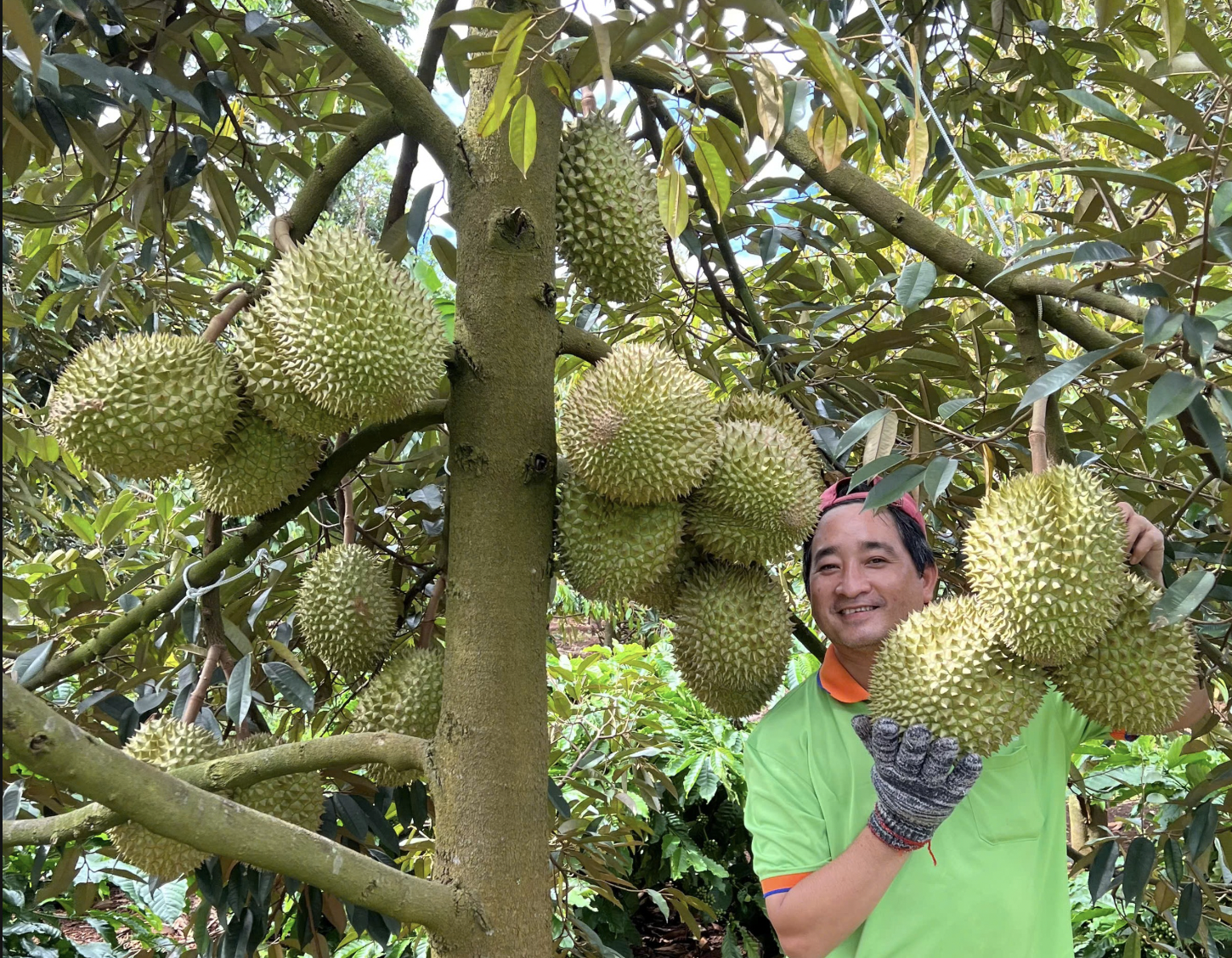Despite new technical barriers, Vietnamese fruit and vegetable exports to China are rebounding, according to the Vietnam Fruit and Vegetable Association. Customs data shows that these exports reached 678 million USD in August, up more than 40% from the previous month and 15% year-on-year. Over the first eight months of the year, China imported nearly 2.8 billion USD worth of Vietnamese fruits and vegetables. This represents a 9.3% decrease compared to the same period last year, but the decline has narrowed significantly since the beginning of the year. With China accounting for nearly 60% of the industry's total exports, it is regaining its role as a growth driver.
This recovery follows a challenging first half of the year, as China tightened food safety and traceability standards. Regulations on pesticide residues, heavy metals, aurum, and cadmium caused delays for many shipments. From July, China further imposed a limit of 50 ppm for sulfur dioxide in fresh fruit, adding pressure on exporters in the region.
According to a report by the Ministry of Industry and Trade, last month Thailand had dozens of longan containers returned due to excessive sulfur dioxide levels, causing longan prices to drop 30%. Meanwhile, Vietnamese goods continued to be exported smoothly thanks to their consistent quality. Vietnam is currently investing heavily in standardized growing areas, tightening control processes, and expanding processing, turning barriers into opportunities to increase market share.
"Compared to Thailand, Vietnam has a geographical advantage of proximity, eliminating the need for sulfur to preserve fruits and vegetables," said Dang Phuc Nguyen, General Secretary of the Vietnam Fruit and Vegetable Association.
 |
People harvesting durian in Can Tho. Photo: Manh Khuong |
People harvesting durian in Can Tho. Photo: Manh Khuong
Since the beginning of the year, when China increased its controls, many domestic companies tightened processes from growing areas to packaging. Nguyen Khac Huy, Director of Hoang Phat Fruit, said, "Customs clearance was very difficult in the first half of the year, but after tightening packaging, improving fruit quality, and enhancing traceability, goods have been moving smoothly."
Ngo Tuong Vy, Director of Chanh Thu, also said that from July to now, the company has consistently exported 200 to 300 containers of durian each month. "The market is increasingly demanding, but by raising quality standards and meeting pesticide residue regulations, exports have stabilized," she said.
Many other businesses are also investing in cold storage, improving preservation technology, changing designs, and building their own brands to meet Chinese consumer preferences. These steps are helping exports not only recover but also become more sustainable.
Businesses also believe that, unlike Thailand, which relies on sulfur to preserve fruit over long distances, Vietnam has the advantage of shorter transportation routes, requiring less chemical use. This makes it easier to adapt to the new regulations and creates a competitive edge.
Earlier this year, when Vietnamese durian faced stricter quarantine measures regarding aurum and cadmium—compounds with potential cancer risks—Vietnamese businesses rushed to strengthen inspections of growing areas, monitor residues, and adjust packaging. As a result, China granted an additional 829 growing area codes and 131 durian packaging facilities to Vietnam, bringing the total to over 1,800. Domestically, the Ministry of Agriculture and Rural Development and the Ministry of Natural Resources and Environment also issued Decision 3015, establishing a separate control process for durian, creating an important precedent for other agricultural products.
Dang Phuc Nguyen believes Vietnam can increase its market share in China if it maintains good food safety control. In reality, cadmium warnings in durian have been sporadic and have been addressed.
In terms of promotion, the Vietnam Trade Office in China is stepping up penetration into the northern and northwestern regions, areas with high incomes and significant demand for tropical fruits and vegetables. To mark the 75th anniversary of Vietnam-China relations, numerous trade fairs and events will take place, creating more opportunities to directly reach domestic consumers.
With the recovery momentum from Quarter III, businesses and associations expect fruit and vegetable export revenue in 2025 to exceed 7 billion USD, higher than last year. However, according to Nguyen, this prospect will only materialize if Vietnamese businesses view the "new standards" not as barriers, but as motivation to upgrade the entire value chain.
In August, fruit and vegetable export revenue reached 951 million USD, up 24.4% from July and 13% year-on-year, the highest level ever. In the first eight months, fruit and vegetable exports reached over 4.8 billion USD, a 2% increase over the same period last year.
Thi Ha












